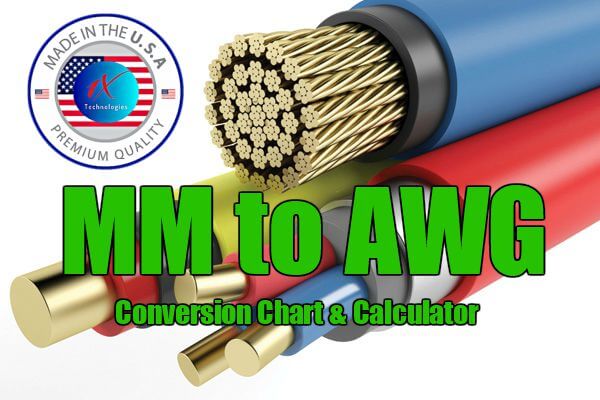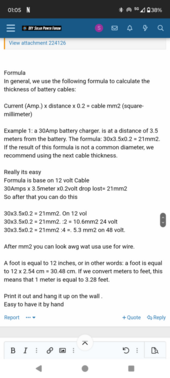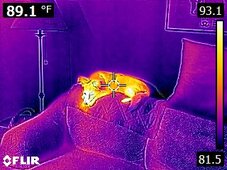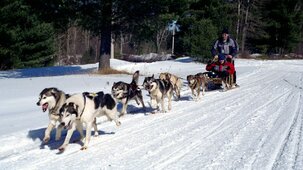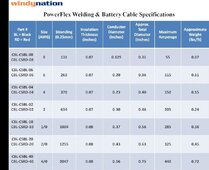crossy
Solar Addict
Not up in smoke, but rather warmer than I would like.
So, I bought a Mileseey TR256i thermal-imager, plugs into the USB on your phone. There are many similar units around with comparable features, I had a 13% voucher for this one
First experiments were encouraging: -
The technology proves what doggo owners have known for years; our best friends have cold noses.
Chihuahuas also use their ears as radiators.

To more mundane things.
This is our 300A shunt carrying 150A. The right hand lug looks a little warm, certainly warmer than the other.
I shall re-make in the morning and we shall see how much difference it makes.
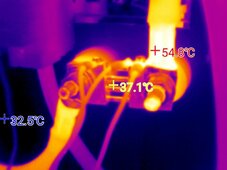
So, I bought a Mileseey TR256i thermal-imager, plugs into the USB on your phone. There are many similar units around with comparable features, I had a 13% voucher for this one
First experiments were encouraging: -
The technology proves what doggo owners have known for years; our best friends have cold noses.
Chihuahuas also use their ears as radiators.

To more mundane things.
This is our 300A shunt carrying 150A. The right hand lug looks a little warm, certainly warmer than the other.
I shall re-make in the morning and we shall see how much difference it makes.

Last edited:



